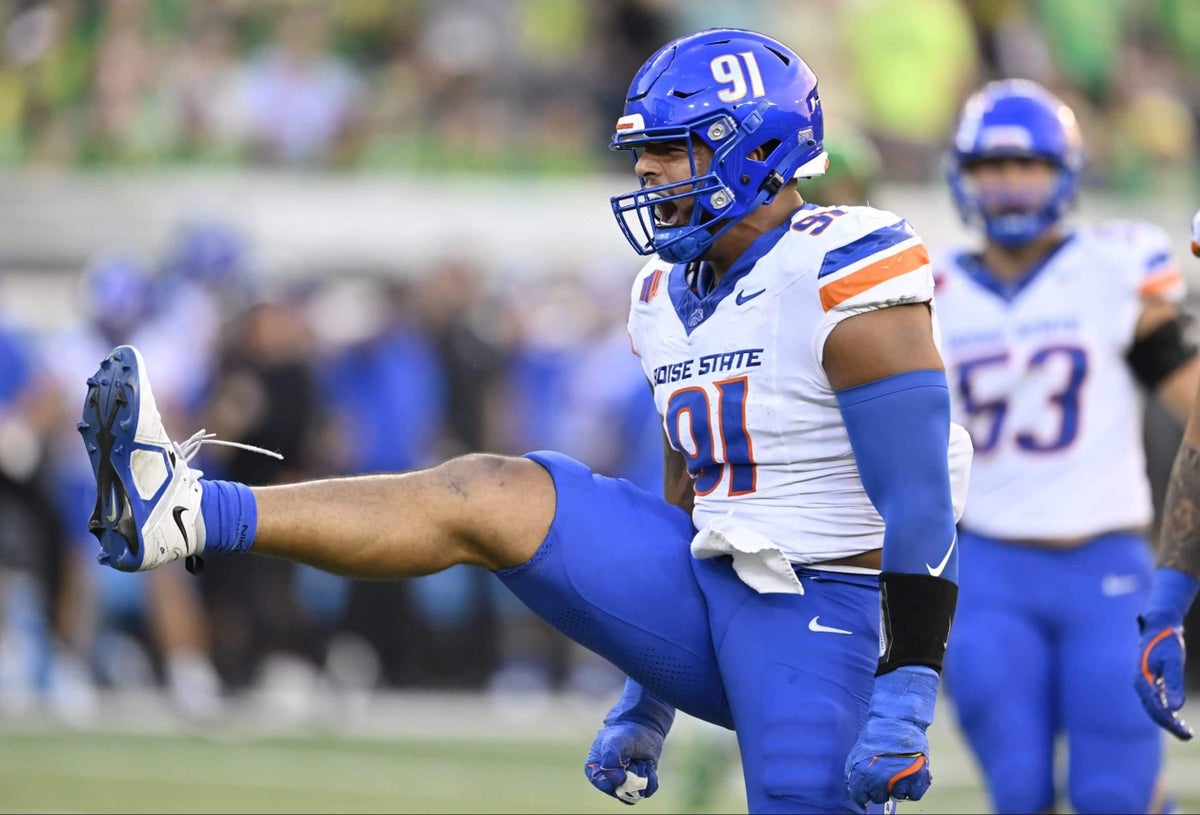

ALLEN PARK, Mich. — Brad Holmes, for the final time this weekend, was on hand Saturday to put a bow on the 2025 NFL Draft, after welcoming seven new players to the Detroit Lions franchise he’s overseen for five of these events now.
However, it wouldn’t be draft weekend without Holmes defending his selections and process, despite his track record of success.
Advertisement
“I think the tough part about it is that the people on the outside, they have very limited information about the decisions that we make and we have all the information which goes into that decision,” he said. “Also, not just the information that’s available, but also the work that we have to put into it. … And so someone that doesn’t do that work or has that information available to them, they don’t know that, so they’re going to comment and have an opinion on that decision. So you’ve just got to have confidence in what you do.”
Truthfully, Holmes doesn’t need to explain himself — for that very reason. He has confidence in what the Lions do. This is Year 5 and nothing about their process has changed. And they have little reason to change it. They’re remarkably consistent, from the players who secure spots on their board to the ones who don’t. They’re proven talent identifiers, and even if there’s an occasional swing and miss, they’re making contact — or even leaving the yard — more often than not.
That appears to be the case again this weekend. The Lions did well to fill in gaps with players they like for the present and future. Let’s recap how the Detroit Lions addressed their roster in the draft, and where things go from here.
Best value pick: Miles Frazier, G, LSU
Frazier felt like a realistic option for the Lions on Day 2. He spent the last two seasons at LSU, emerging as an NFL-caliber guard prospect. His lack of length, despite his 6-foot-6, 317-pound frame, makes him a guard at the next level, but he was LSU’s backup at both left and right tackle and has game experience there. Frazier is a self-described “mauler” and it shows in his film. He didn’t allow a sack on 998 pass-blocking snaps over the last two years. He’s remarkably consistent, which is impressive considering he transitioned from Florida International to SEC football at LSU. That the Lions were able to leave the draft with both Frazier and Georgia guard Tate Ratledge was great work by Holmes and company.
Most surprising pick: Isaac TeSlaa, WR, Arkansas
To be clear, surprising doesn’t necessarily mean bad. It’s easy to see what the Lions liked about TeSlaa. They haven’t drafted a wide receiver on Day 2 or higher since Jameson Williams three years ago. TeSlaa recorded a 9.93 relative athletic score, running a 4.43 40 at 6-foot-4 with good explosion numbers. He caught Holmes’ eye at the Senior Bowl, where he frustrated defensive backs with his physicality in the run game as a blocker. Not to mention he grew up in Hudsonville, Mich., rooting on Calvin Johnson, Matthew Stafford and company as a fan of the franchise. The Lions have been looking for a young receiver and a big-bodied X receiver to invest in for years. TeSlaa can be that, while also being versatile enough to play in the slot or outside. He’ll be afforded time to grow into his role with Tim Patrick around to help mentor him. That all makes sense.
Advertisement
That said, the Lions gave up a ton to get him. The trade charts show somewhat even value, but that’s because future picks are devalued. The two third-round picks the Lions gave up in 2026 are still two third-round picks. While it’s hard to play the “he would’ve been there later” game — especially when Holmes has shown a good feel for what other teams below him are thinking — TeSlaa was given a fifth- to sixth-round grade from several draft experts. That’s a moot point, though, because he was clearly much higher on the Lions’ board. The only thing that matters from here on out is that he hits. It’s on Campbell, John Morton, Scottie Montgomery and TeSlaa himself to ensure that happens.
Biggest question mark: Did Lions do enough at edge?
This topic has been brewing for a while, and was accelerated by the injury conversation. In free agency, where the Lions typically address needs, they re-signed Marcus Davenport and Al-Quadin Muhammad, but had to release Za’Darius Smith because he was too expensive. In most years, Holmes addresses depth in March, allowing him to attack the draft in his preferred manner — best player available. But even with an obvious hole this time around, Holmes didn’t deviate from his philosophy. He waited for Ahmed Hassanein and might have found a rotational edge who can help immediately. But was it enough?
Maybe Hassanein is ready to contribute sooner rather than later. Maybe Davenport can stay healthy and play more than the six combined games he participated in the last two seasons. Maybe Aidan Hutchinson can maintain the ridiculous production he displayed before his injury. Maybe Derrick Barnes can be the missing piece, and Detroit’s interior rushers can pick up the slack. Or maybe Smith and the Lions reunite.
It’s reasonable to feel a bit uneasy about the depth at edge. But there are still four and a half months until kickoff. Let’s let the dust settle.
Remaining needs
The Lions did well to address the majority of their needs in this draft. Two wide receivers, two guards, a defensive tackle, a safety and an edge were all addressed in some fashion. You can question if the edge they got moves the needle enough in a contending year, but other than that, they checked plenty of boxes in one draft. Now it’s on the players to prove they belong.
Advertisement
Post-draft outlook
Detroit was a Super Bowl contender last year, until injuries piled up and derailed its season. Improved health alone should be enough to keep the Lions among the favorites to win it all, but they made sure to address depth with these selections while building for the future. Tyleik Williams can help now and in the future. Ratledge can be a Day 1 starting guard. TeSlaa gives them an intriguing big-bodied speed option in the event of an injury, which is nice to have considering Patrick’s injury history. Frazier and Hassanein can be early reserves, while safety Dan Jackson and wide receiver Dominic Lovett can be special teams contributors. The Lions got better this weekend, but you figured as much.
(Photo of Ahmed Hassanein: Troy Wayrynen / Imagn Images)
This news was originally published on this post .




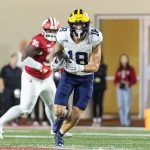
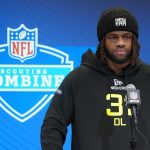
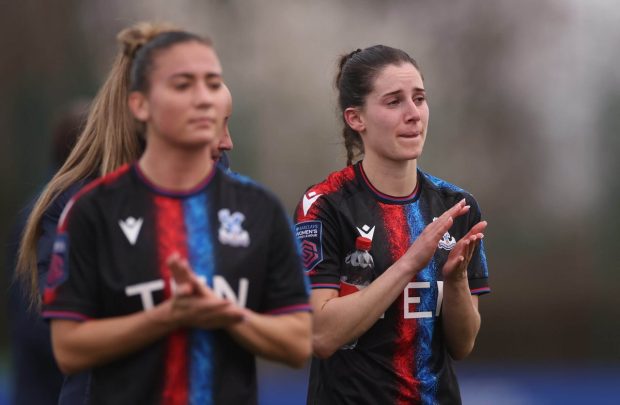

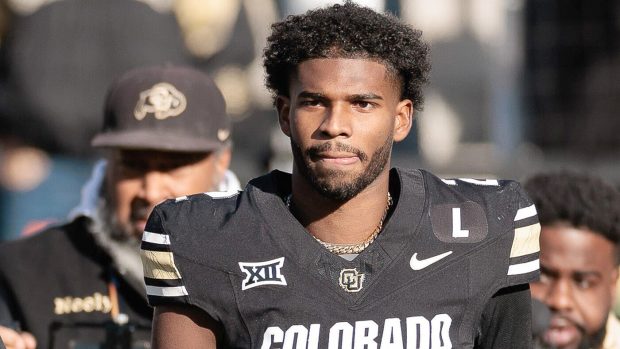
Be the first to leave a comment